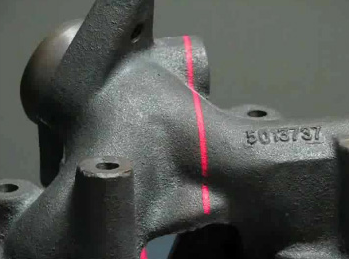At some point, most manufacturers will need to replicate a part for which there is no original CAD file. Perhaps it’s a tool nearing the end of its life, a legacy part that was designed in the pre-CAD days, or a component that was modified after the CAD model was created.
3D scanning offers a fast and accurate way to create a complete digital 3D model of even the most complex part to aid in modeling and replication. Unlike calipers, gauges, or coordinate measuring machines that rely on the capture of a few pre-determined points, non-contact 3D scanners capture millions of data points to represent the true geometry of an existing component.
A 3D scanner captures a dense “point cloud” that represents the complete surface area of the part. This data can be sent directly to CAD software to be measured, manipulated and replicated. With a complete 3D model of the part or object, you can:
- Obtain CAD models of legacy parts or tools reaching end of life
- Develop new or better-performing replacement products based on the physical properties or shape of the existing part
- Update CAD models of your part, model, tool or die to match post-prototype modifications
3D laser scanning is a mature technology that is especially useful in replication projects because:
- It saves time & money. A 3D scanner saves hours or days of inspection/measurement tasks and results in better-performing replacement parts that reduce manufacturing errors and their associated costs.
- It handles complex shapes. Laser scanners easily scan the complex surface dimensions of parts and tools that would otherwise be too time-consuming, costly or simply impossible to measure. Curves and multiple features aren’t a problem!
- It’s easy. You don’t need to write a computer program before scanning a part.
- It’s proven. At ShapeGrabber, we’ve been pioneering industrial 3D scanners for more than 20 years!
